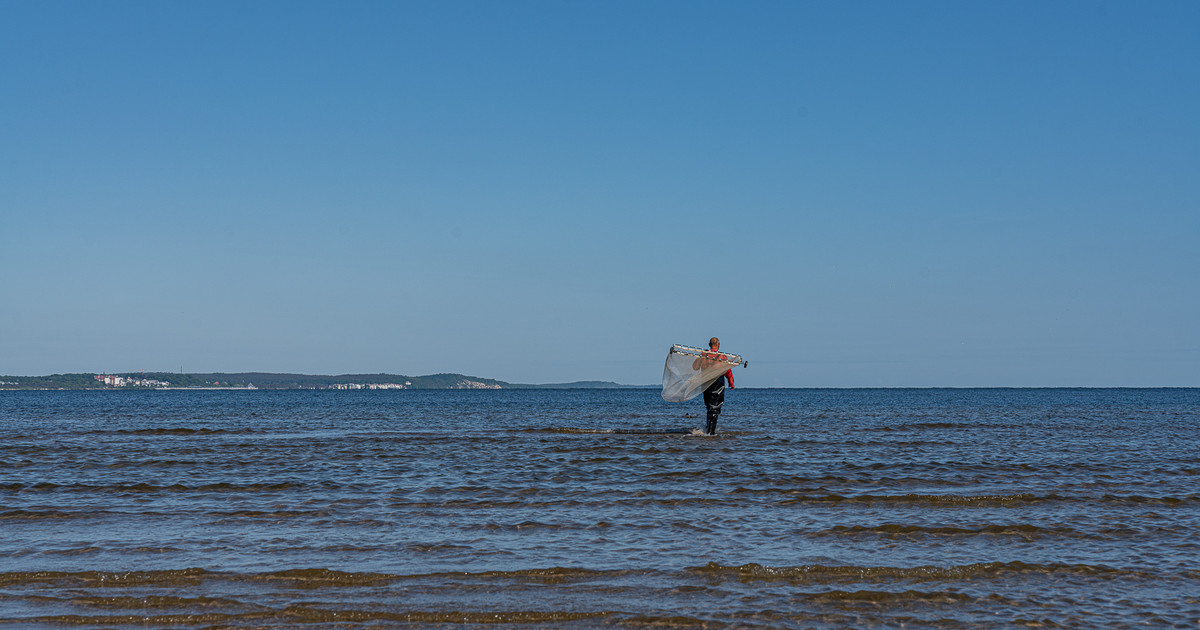In the McDermott Formation in the desert of northern Australia and Grassy Bay in Canada Archaeologists from the University of Liège have discovered several fossils. They identified it as the remains of cyanobacteria. According to estimates The oldest one is 1.75 billion years old. But that's not what distinguishes it.
While examining fossils of a species of bacteria known as Navifusa majensis, researchers noticed distinct features. They were so fascinated by it that they decided to look at it in photographs using various microscopy techniques. After a lot of analysis, they were able to determine this These elements are thylakoid membranes.
What's special about that? Thylakoids are structures containing the pigment chlorophyll, used to absorb light in photosynthesis. So there are fossilized bacteria from the McDermott Formation The oldest known evidence of photosynthesis occurring on Earth.
This discovery extends the thylakoid fossil record by at least 1.2 billion years and places the minimum age of divergence of thylakoid-bearing cyanobacteria at about 1.75 billion years. This allows for unambiguous identification of early oxygenic photosynthesis processes and is a new factor for studying early Earth's ecosystems, the authors of the discovery say in an article in the journal Nature.
Scientists say analyzes of other similar bacterial fossils could tell the story of how oxygen took over our planet. Today we can remember it from school Photosynthesis is a process that is not only the basis for the survival of plants, but also the basis for the survival of the entire Earth. Organisms that freely provide energy through anoxic (oxygenic) photosynthesis produce oxygen in their own metabolism. They are therefore the basis of food webs and the entire known ecosystem.
However, this was not always the case. In the early periods of life on Earth, the amount of oxygen was so small that it allowed only bacteria to live. However, about 2.4 billion years ago, a great process called Oxygen disaster. After the appearance of the first organisms capable of photosynthesis, the amount of oxygen began to increase. This led to the mass extinction of those creatures whose poison was greater oxygen.
It was supposed to be a catastrophe, but it gave rise to the air creatures, and thus to us. Scientists would like to know if McDermott's fossilized cyanobacteria had any influence on the oxygen catastrophe process. But right now, they don't have an answer as to whether the oldest ones evolved during this phenomenon, which ended about two billion years ago. For now, it remains to study ancient fossils.

Echo Richards embodies a personality that is a delightful contradiction: a humble musicaholic who never brags about her expansive knowledge of both classic and contemporary tunes. Infuriatingly modest, one would never know from a mere conversation how deeply entrenched she is in the world of music. This passion seamlessly translates into her problem-solving skills, with Echo often drawing inspiration from melodies and rhythms. A voracious reader, she dives deep into literature, using stories to influence her own hardcore writing. Her spirited advocacy for alcohol isn’t about mere indulgence, but about celebrating life’s poignant moments.








